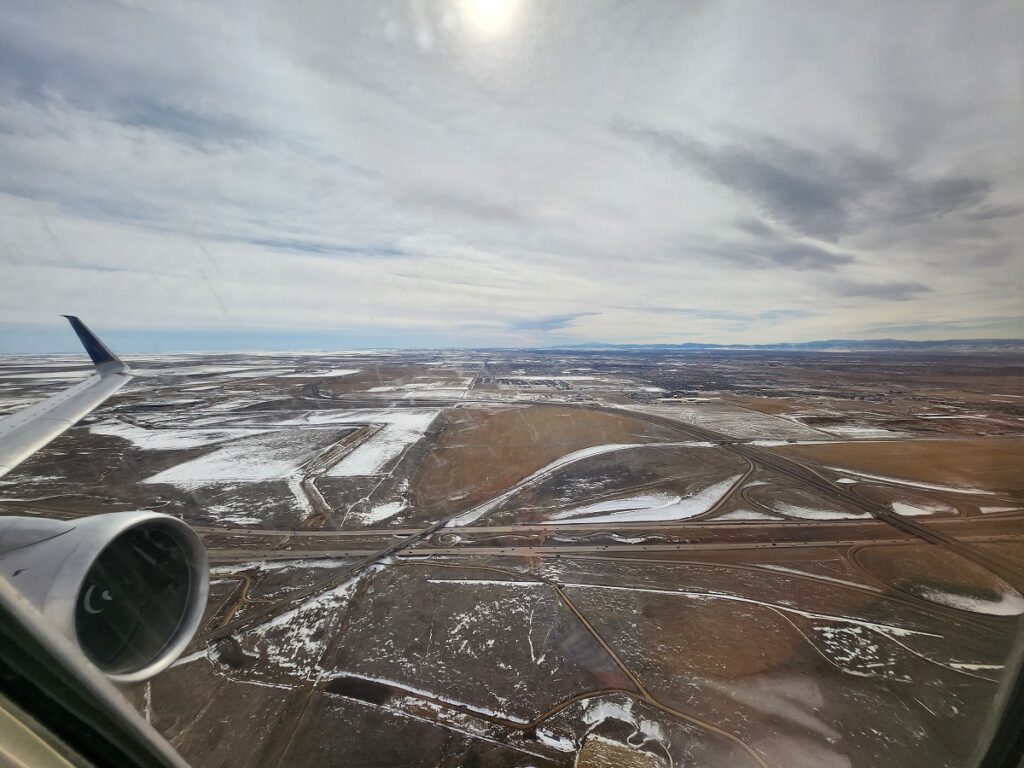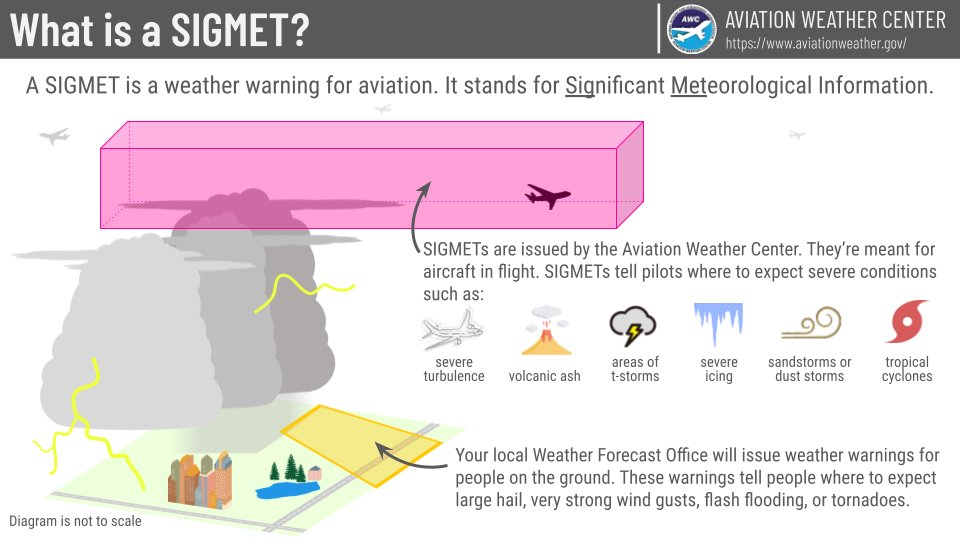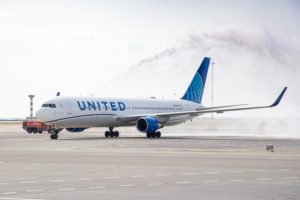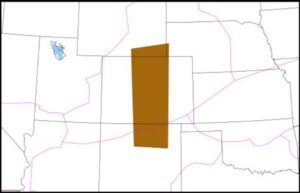
The National Weather Service’s Aviation Weather Center has issued a Severe Turbulence Alert for portions of Colorado which includes the airspace above and around Denver (DEN) International Airport. This is the latest in a string of turbulence alerts issued in recent days as patches of rough air have developed around the country. Most U.S. airlines fly in and out of Denver airport, including United Airlines which considers it a hub city.
This fresh Severe Turbulence Alert is in effect just over a week after a United flight which encountered severe turbulence sent three to the hospital.


Specifically, SIGMET NOVEMBER 8 has been issued through at least 1025 UTC today.
According to the AWC, there is occasional severe turbulence between the surface and 18,000 feet, an area common for commercial aircraft to fly through in and out of Denver airport. This turbulence is being created by strong low level winds and mountain wave activity. Further up, from 18,000 feet to 34,000 feet, severe turbulence is also happening due to wind sheer associated with the jet stream in the region. Planes traveling above but not necessarily landing or taking off at Denver Airport are likely to be at this altitude.
Wind shear is a difference in wind speed and/or direction over a very short distance in the atmosphere. Airline pilots generally regard significant wind shear to be a horizontal change in airspeed of 30 knots (15 m/s or 34 mph) for light aircraft and 45 knots (23 m/s or 51 mph) for traditional airliners flying at flight altitude.

Flying through turbulence can be dangerous, with injuries encountered on U.S. airline flights recently.
Just two Thursdays ago, a Newark-Tampa flight operated by United Airlines encountered severe turbulence. When flight 600 finally landed in Tampa, it was met by paramedics that treated passengers and crew at the scene. Ultimately, 1 flight attendant and 2 passengers needed hospitalization after being examined at the airport for injuries sustained during the rough flight.
Earlier this winter, a United Airlines 767 jet encountered severe turbulence on its flight to Houston, Texas. Due to that encounter with rough air, 3 crew members and 2 passengers had to be rushed to the hospital for care upon landing.

The day before the Houston incident earlier this winter, on December 18 , Hawaiian Airlines Flight 35 flew through severe turbulence before landing at Honolulu International Airport after originating in Phoenix, Arizona. A Mass Casualty Emergency Event was declared, with dozens of passengers needing care for injuries sustained in the violent ride. Officials with Honolulu Emergency Medical Services and American Medical Response say the flight encountered the extreme turbulence about 30 minutes prior to landing; they treated 36 patients at the airport. 20 patients, ranging from a 14-month old toddler to older adults, were transported to hospitals near the airport, some with serious injuries.
Known as a SIGMET, short for Significant Meteorological Information, the severe weather advisory issued by the AWC contains weather-related information concerning the safety of all aircraft passing through a specific zone. Sometimes AIRMETs are issued too; an AIRMET consists of turbulence, visibility, and icing-related warnings that are less severe than those in a SIGMET.